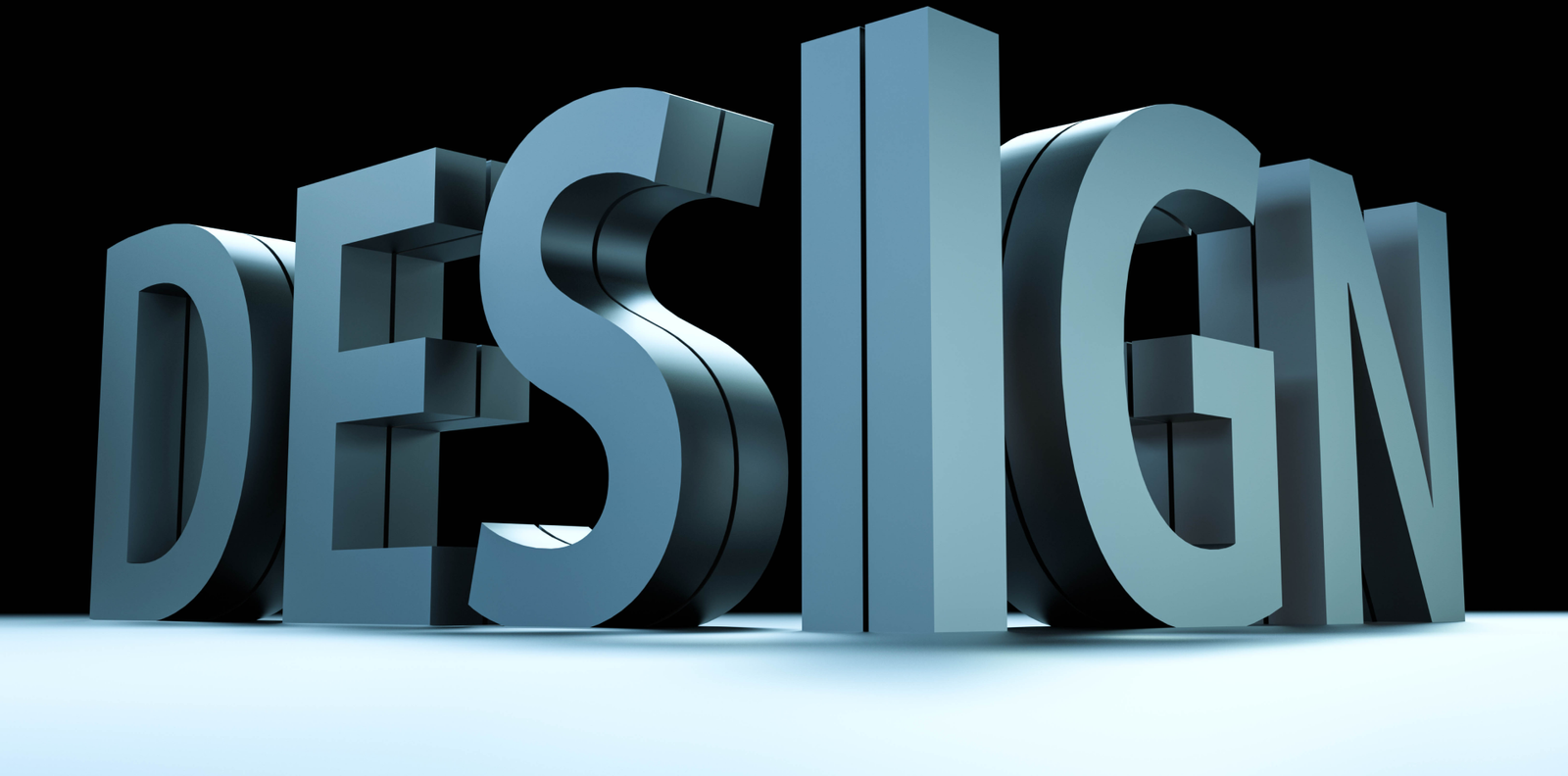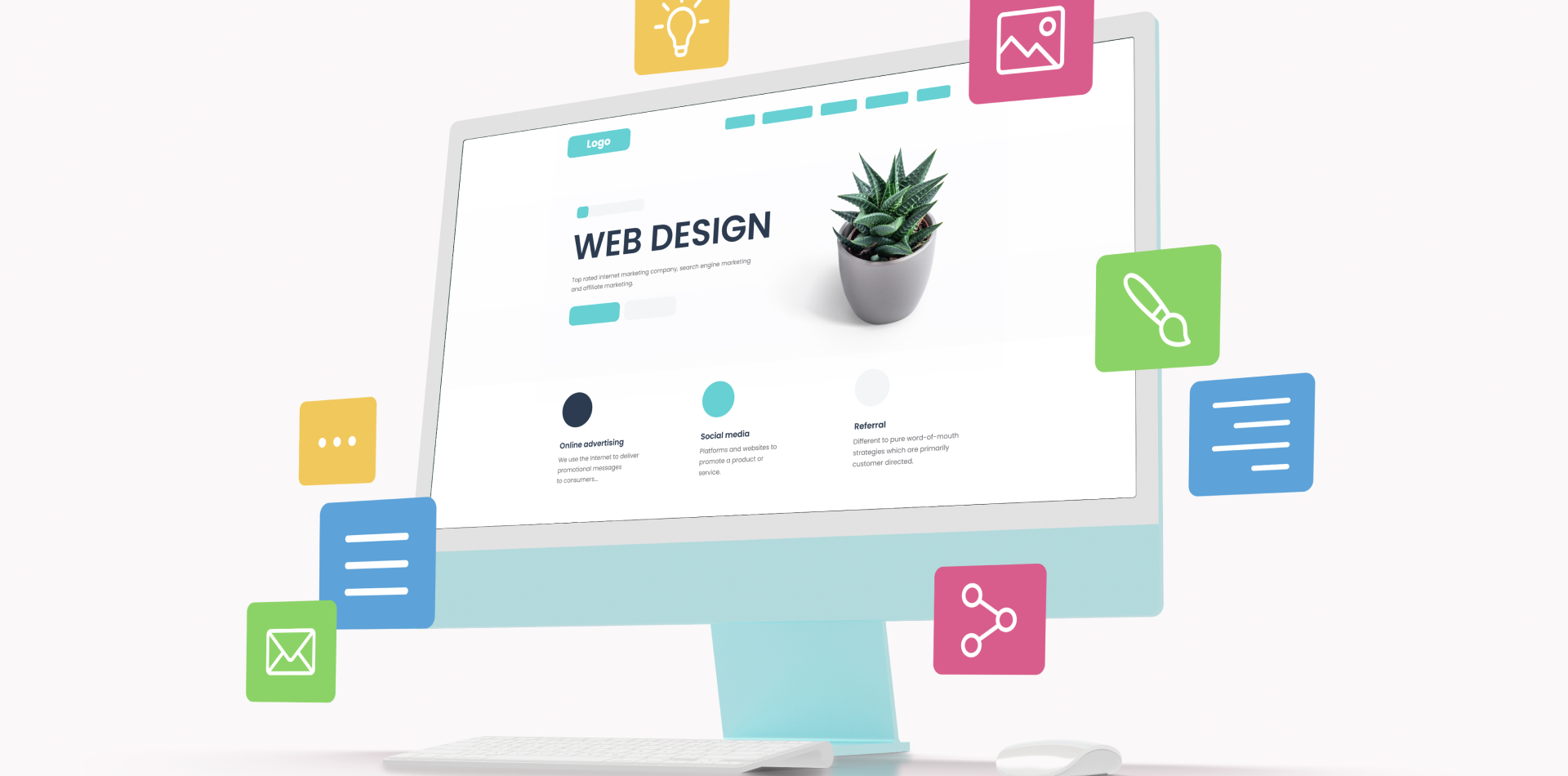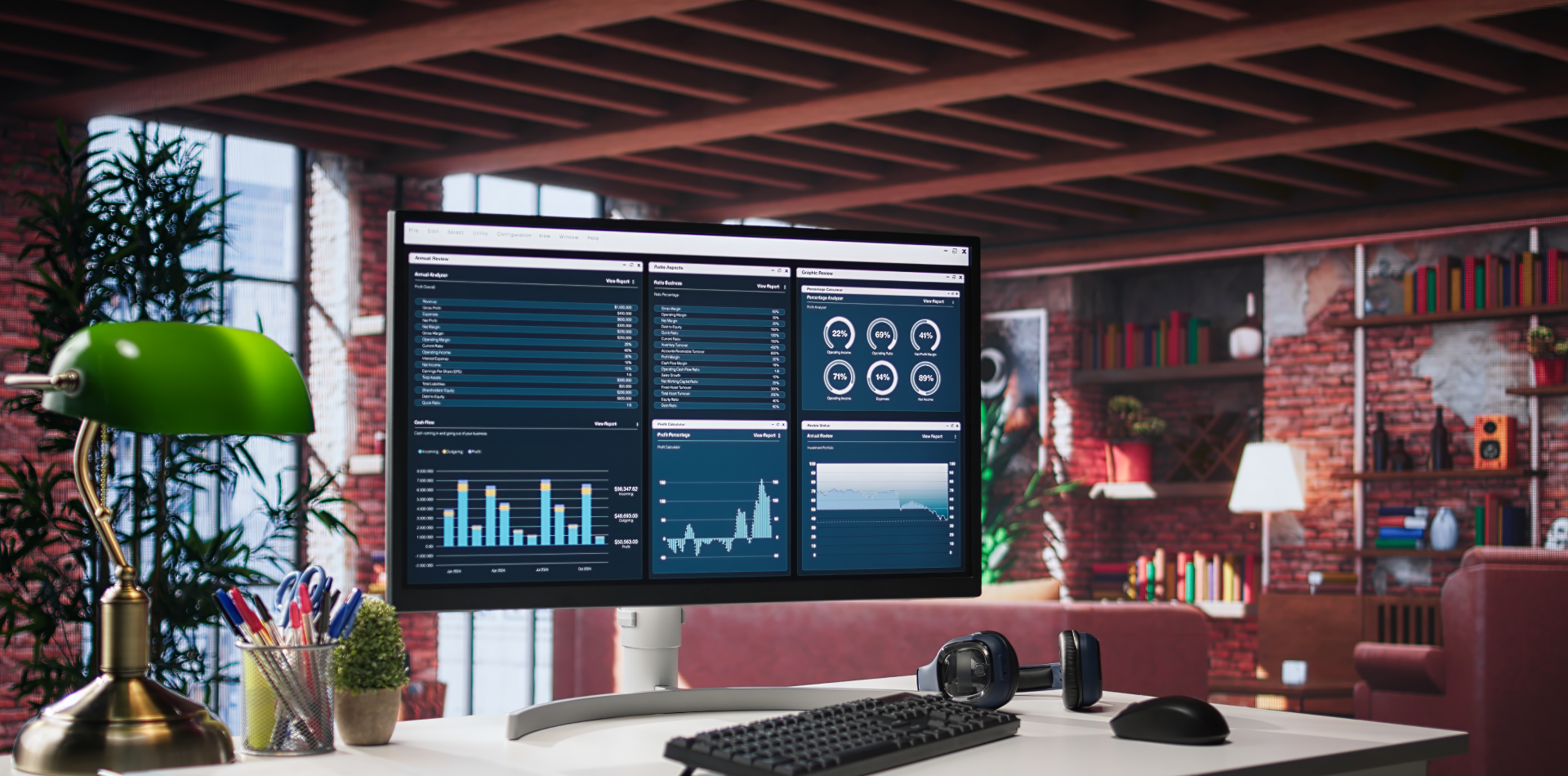Users Don’t Stay for Features—They Stay for Feelings
Features get the downloads. Functionality keeps users active. But what creates loyalty?
It’s emotion.
Design is not just how things look or even how they work—it’s how they make users feel. The apps and platforms we keep coming back to? They don’t just solve problems. They feel intuitive, safe, human, and personal.
That’s emotional design—and when done right, it turns casual users into lifelong advocates.
Let’s explore how to build loyalty into your product, not with gimmicks—but through meaningful, emotional connections.

💡 Why Emotion Is the Secret Ingredient in UX
Design triggers emotion whether you intend it or not. Users feel something the moment they land on your screen.
🔗 Emotion boosts memory—users remember how your product made them feel
🧠 Positive design experiences lower cognitive friction
🫶 Emotion creates trust, which fuels retention and referrals
✨ Subtle delight (like animations or tone) builds long-term attachment
When you engage both logic and emotion, you build loyalty, not just usability.
🧠 1. Start with Empathy-Driven UX
Before designing buttons or screens, understand the human behind them.
💬 Who are they? What are they stressed about?
📱 What problem are they trying to solve—quickly?
🔍 Where might they feel stuck or overwhelmed in your app?
Map real emotions to user journeys. Design from the user’s mental state, not just the product spec sheet.
🧩 2. Microinteractions That Feel Personal
It’s not the big features—it’s the small, thoughtful touches that users remember.
📥 A bounce when they complete a task
📣 A friendly message when no results are found
🔄 A loading animation that eases frustration
✅ A confetti moment after a milestone is hit
These tiny moments show your product sees and responds—and that’s where emotional connection begins.
🎨 3. Use Visual Language to Evoke Trust & Familiarity
Your UI has a personality. Make sure it’s one users want to spend time with.
🎨 Colors: Use calm or energizing tones based on product type
📐 Layout: Predictable structures = emotional comfort
🖋 Typography: Friendly sans-serifs for casual tools, refined fonts for professionalism
🎭 Imagery: Show relatable people and real use cases—not stock photos
Design that feels honest, clean, and calm builds trust—and trust builds loyalty.
🧰 4. Tone of Voice That Feels Human
Your UI text is your brand’s voice. Speak like a person, not a robot.
💬 Use friendly prompts (“Need help?” instead of “Help”)
🤝 Write like a conversation—not a manual
✍️ Use emotion where it counts (“That didn’t go through—but we’ve saved your input!”)
The more relatable your microcopy feels, the stronger the user connection becomes.
📦 5. Personalization That Doesn’t Feel Creepy
Users don’t want a generic experience—but they don’t want to feel watched either.
🎯 Greet users by name or show relevant data (recent activity, trends)
📊 Tailor dashboards based on behavior or role
📬 Recommend actions, not just content (“You haven’t set your monthly goal yet”)
🔐 Respect privacy—give control over settings and preferences
Personalization = relevance, and relevance makes your product feel like home.
✨ Real-World Example: How Calm Creates Calm
The meditation app Calm doesn’t just function—it feels like a sanctuary.
🎧 Soft background audio begins instantly
🌙 Personalized welcome messages greet you by name
📅 Daily check-ins feel like thoughtful reminders, not notifications
🎨 A consistent color palette evokes rest and balance
Their UX isn’t about features—it’s about feeling. And that’s why users return.
🚫 Avoid These Emotion-Blocking Mistakes
Not all UX supports emotion. Some designs accidentally build friction or indifference.
❌ Overuse of dark patterns or manipulative tactics
❌ Robotic or emotionless tone
❌ Poor error handling (“Something went wrong.” ← always fix this!)
❌ Ignoring user success moments
❌ Treating all users the same, regardless of stage or behavior
Design should respect, support, and respond to emotional states—not flatten them.
🧾 Final Takeaway: Design for Loyalty, Not Just Launch
Designers often focus on launch metrics: onboarding, conversion, activation. But loyalty is the long game—and that game is emotional.
When you craft a product that listens, responds, and delights, users don’t just use it—they connect with it.
And in a world of endless alternatives, emotional design is your biggest competitive edge.
💬 What App Has Earned Your Loyalty?
Which product won your heart through great UX? What moment sealed the emotional connection for you? Let’s talk about it in the comments 👇




6 Comments
Daniel King
16 April 2025Absolutely loved this: “Design is not just how things work—it’s how they make users feel.” Emotional design is still so underrated in product strategy.
Sophie Blake
16 April 2025You nailed it with the Calm app example. It feels like it cares about you, which is exactly why I keep going back.
James Carter
16 April 2025“Users don’t stay for features—they stay for feelings.” YES. I always tell my team: loyalty isn’t logic—it’s felt.
Nina Price
16 April 2025This is one of the most grounded takes I’ve read on UX loyalty. Especially loved the section on personalization without being creepy 👏
Leo Adams
16 April 2025The confetti moment after a completed task? Totally works. We added one in our onboarding flow and user reactions skyrocketed.
Holly James
16 April 2025Thank you for highlighting tone of voice. Emotional design isn’t just visuals—words carry just as much weight. Love this post!